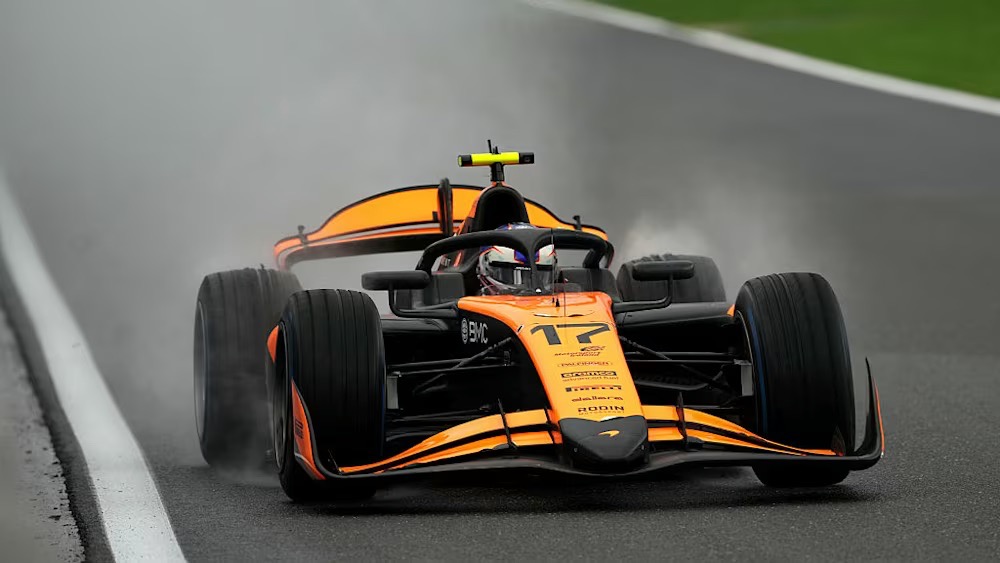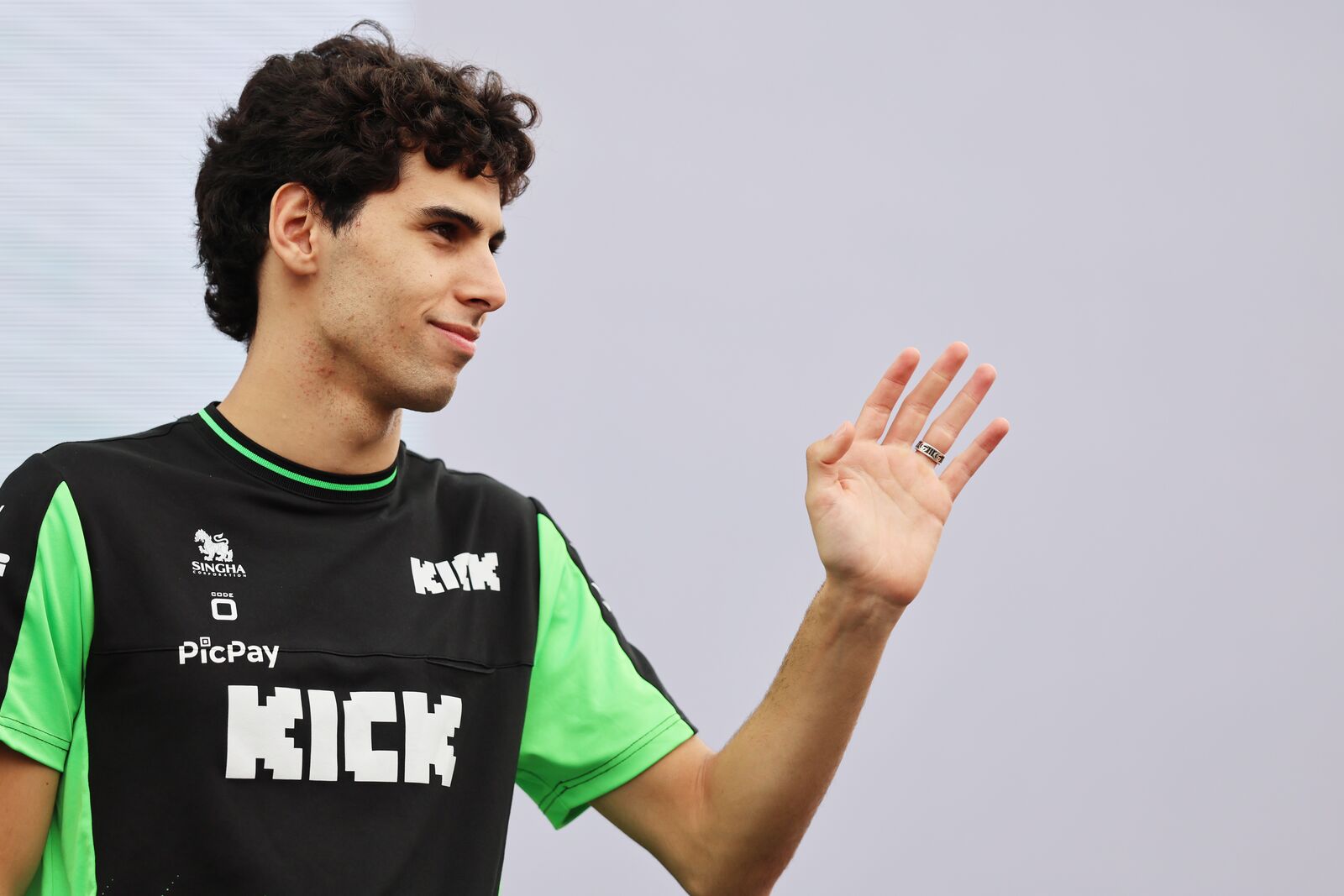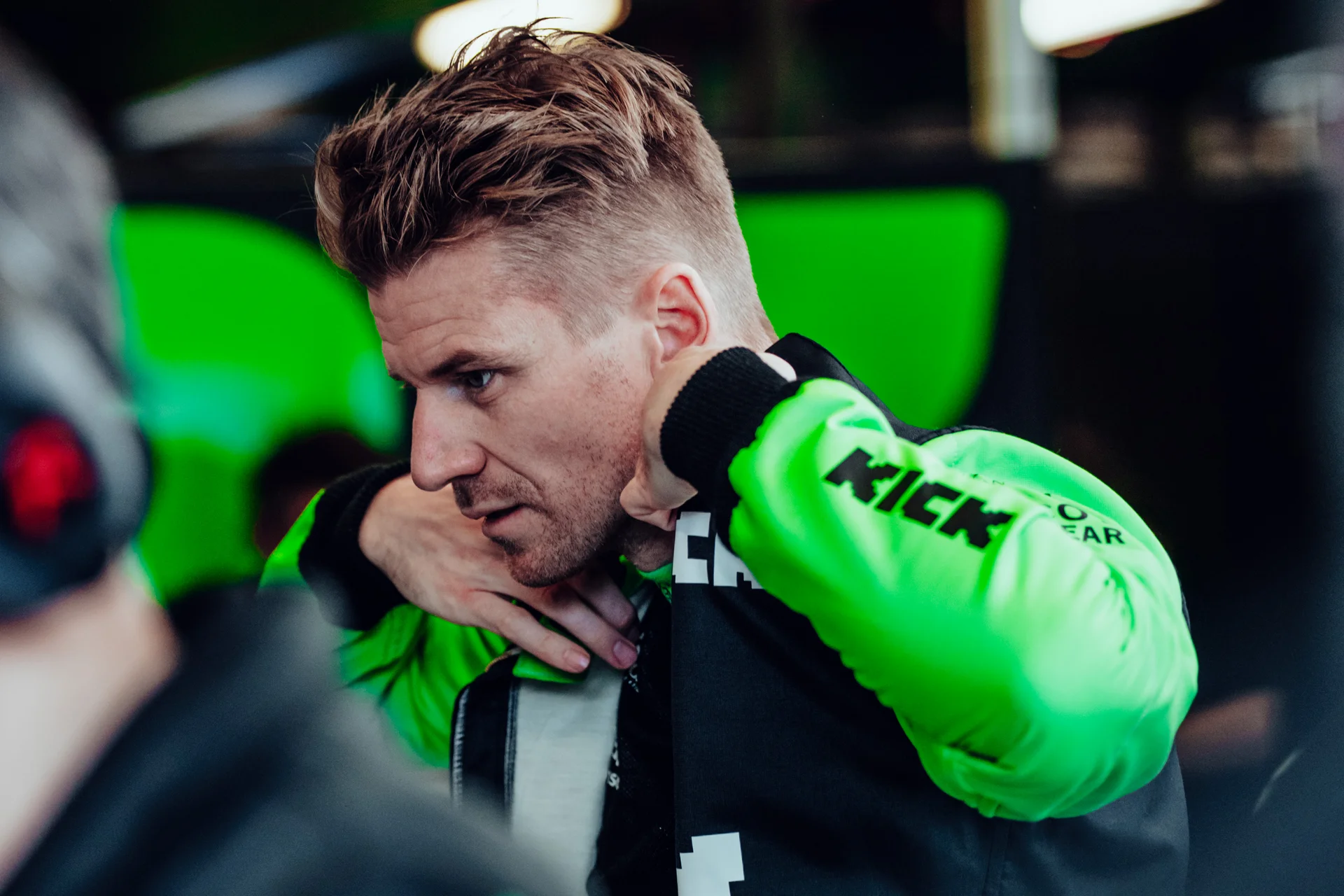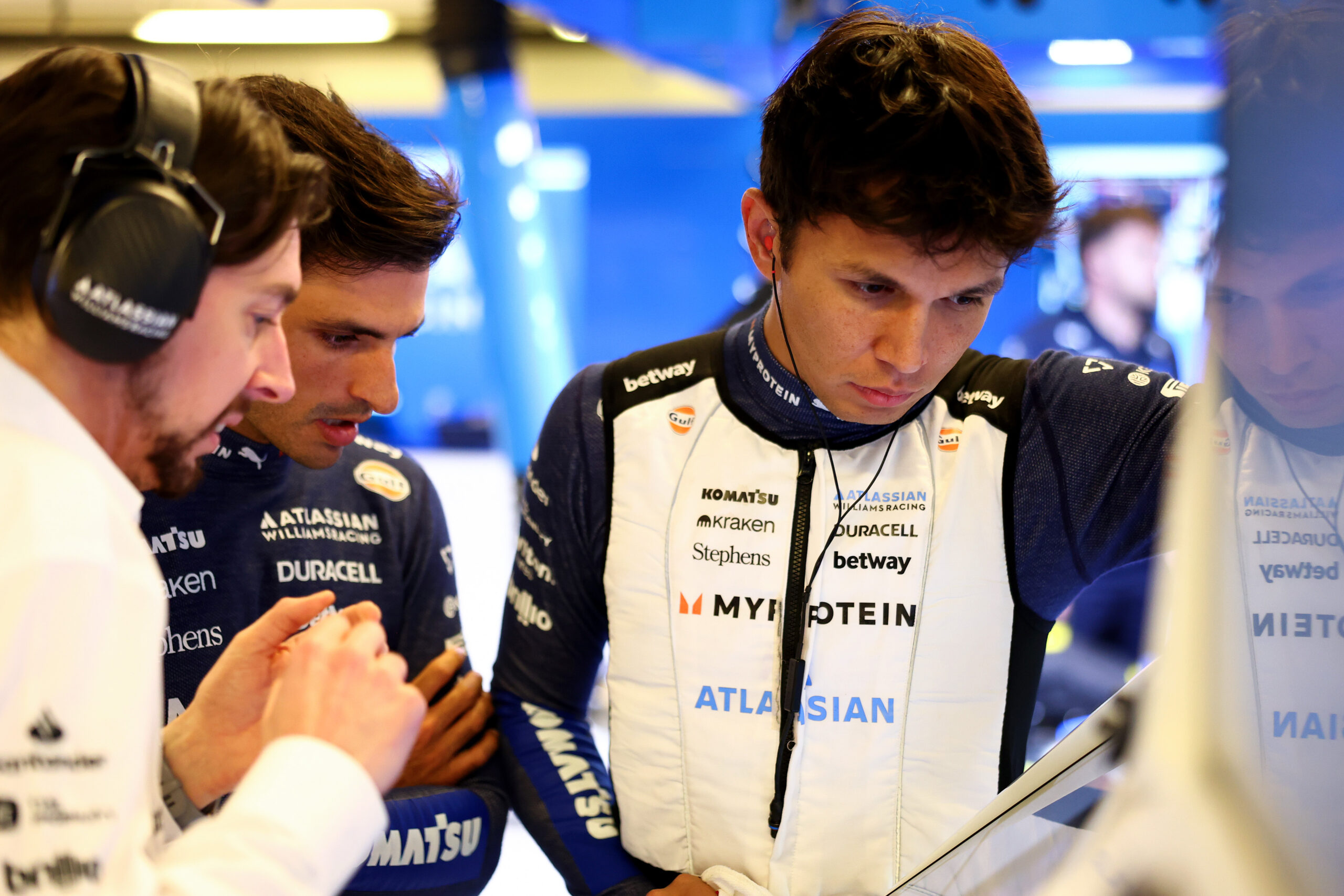Alex Dunne impressed at the 2025 F2 Belgian GP. He topped Free Practice and took pole with a dominant Qualifying lap. In the Sprint Race, he climbed from P10 to P7. On Sunday, he led the Feature Race from start to finish. He handled the rain, pressure, and strategy with confidence. His win looked certain. But after the race, a penalty cost him the victory. The setback dropped him to fourth in the standings, 11 points off the lead. Despite the blow, Dunne proved he’s still a strong title contender. He’ll aim to bounce back in Budapest.
Early struggles with tyre degradation
Dunne described the Belgian GP Feature Race as his toughest challenge of the season. Although he found early rhythm in the opening laps, he quickly began to struggle with rear tyre degradation. Unsure whether the drop-off was due to car setup or his own driving, he found himself under pressure as the field closed in.
“Yeah, by far. That was very, very difficult, I think. I massively struggled with rear deg at the beginning of the race. I think I felt pretty confident as soon as the race started, as soon as the green flag dropped, I felt pretty comfortable, and I got into a rhythm pretty quickly.”
“And then it soon kind of fell down and down and I kind of decked off a cliff. I’m not really sure if that’s something to do with the car or if I just pushed too hard. I’m not really sure to be honest, but I think definitely the first couple of laps I was struggling, and I was much slower than I would say the majority of the people behind me.”
Regaining-rhythm mid-stint
Drawing from lessons learned at a wet Silverstone earlier in the season, he adjusted his approach mid-race and managed to regain composure and pace.
“But I just tried my best to hang on. I think I knew from the experience I gained in Silverstone with the rain, I knew that it was kind of a similar position to that. So I knew what to expect and what to manage if I put myself in that position.”
“And then I think kind of middle of the first stint, then it kind of came back to me a little bit, and then I started pulling away again. So it was tricky and definitely a difficult race, but I’m happy that we kind of maintained and in the end we did a good job for the race.”
Tyre degradation and little changes for Dunne during the F2 Belgian GP
In the second stint, Dunne delivered a more composed and controlled drive. He backed off in the early laps to protect the tyres, learning from his earlier struggles. He didn’t make major changes to his style, instead focusing on balance and avoiding over-commitment in the slippery conditions. The wetter track surface also naturally reduced degradation. With a shorter stint and improved tyre life, he looked poised to convert the performance into a flawless victory—until the red flag and subsequent penalty changed everything.
“Well, I think first of all we probably didn’t do enough laps to see it, but definitely I think the first couple of laps of my second stint I pushed a bit less just to try and avoid that. But also it was a lot wetter, so I think naturally because there’s more water on track the tyres last a little bit longer. So yeah, I tried to manage them a little bit more, but I didn’t do much different to the beginning of the race, to be honest.”
Dunne “didn’t even bother” to check the weather for the F2 Belgian GP Feature Race
Despite heavy rain hitting Spa on Sunday, Dunne revealed he hadn’t paid attention to the forecast until the day before the race. The uncertainty didn’t bother him—he had confidence in both wet and dry conditions, and stuck to a proven strategy. His dry pace in Qualifying showed he had speed regardless of conditions, and his previous wet-weather experience gave him confidence that his approach would be effective either way.
“No, not really. I think I found out yesterday [Saturday] that it was going to be wet today. I didn’t even bother looking at the weather forecast because it always changes. So I think for me, I was pretty happy either way. Obviously, in quality in the drive we were really quick, and I knew that the race pace in the drive was going to be strong. I think in the rain, there’s a few more uncertainties.”
“It kind of always can swing one or the other way and I think quite often you’ll see a couple of drivers coming through the field with really strong pace in the rain, but I just knew that if I did the same thing at Silverstone it would be all fine, so my approach didn’t really change.”
Pit stop timed to perfection
Dunne had no doubts about the timing of his pit stop. The strategy from the start was to go long and react only if a rival behind pitted. As his pace stabilised and he pulled a gap, he found himself in a strong position to respond to an undercut. When Roman Staněk boxed, Dunne followed immediately—just managing to hold the lead through Turn 5. In hindsight, he believed stopping earlier would have cost him tyre life in the final laps, which could have undone the hard work. In his view, the strategy was executed perfectly and gave him the best chance to control the race.
“Yeah, I think for me the plan was to kind of just go as long as possible and as soon as someone behind me, I then did as well. I felt like I had a big enough of a gap before the stop you know when the pace started to get a bit better, and I started to pull away again, I felt like I put myself in a nice position where if someone went for the undercut I was able to react and keep the lead.”
“Obviously, the undercut was very powerful because I was very close to losing the lead to Roman [Staněk] in T5 but overall, I probably still, I wouldn’t have pitted any earlier than what I did because I just knew the deg would have came earlier, and I would have been slower and slower as the race went on, so I think what we did was perfect.”





